For small reptile enthusiasts, creating the perfect habitat is both a science and an art. Terrariums serve as miniature ecosystems that not only showcase your scaly friend but also provide essential environmental conditions they need to thrive. From the tiniest geckos to compact chameleons, small reptiles require thoughtfully designed spaces that mimic their natural habitats while fitting comfortably in your home. This guide explores the best terrarium options for small reptiles, diving into everything from essential features to specific recommendations for different species, helping you create a paradise for your petite cold-blooded companion.
Understanding Small Reptile Needs
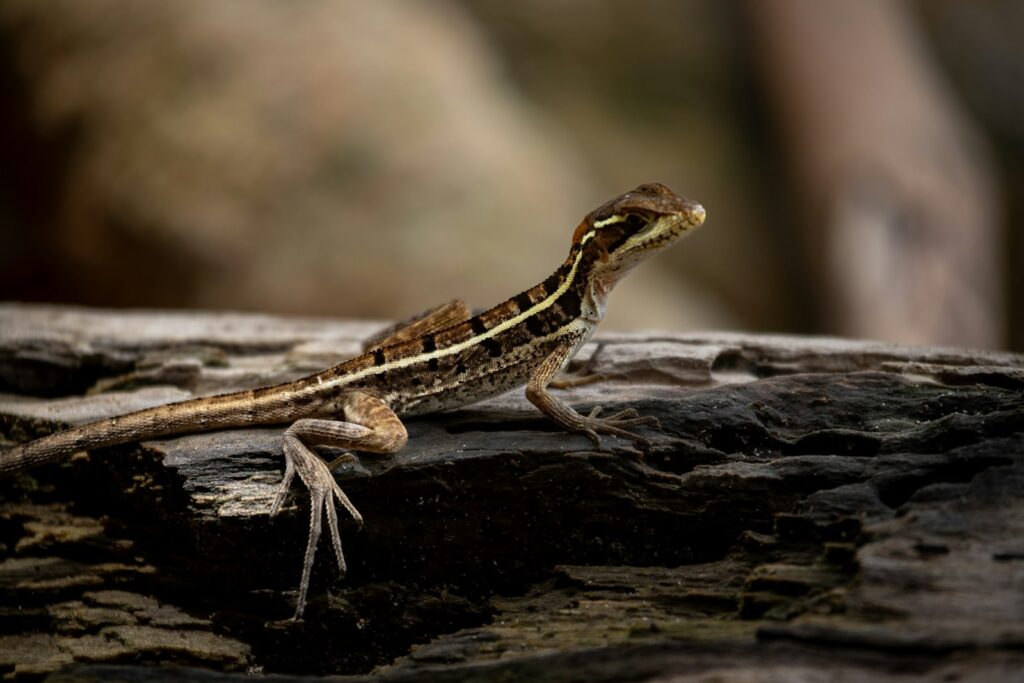
Before selecting a terrarium, it’s crucial to understand the specific requirements of your small reptile species. Different reptiles need varying temperature gradients, humidity levels, lighting requirements, and terrain types to stay healthy. Desert-dwelling species like leopard geckos require dry environments with warm basking spots, while arboreal species like crested geckos need vertical space with higher humidity. Some species require UVB lighting for proper calcium metabolism, while others might need misting systems to maintain humidity. Researching your specific reptile’s needs is the foundation of creating an appropriate terrarium that will support their physical health and natural behaviors.
Size Considerations for Small Reptile Terrariums

Even small reptiles need adequate space to explore, exercise, and exhibit natural behaviors. As a general rule, the terrarium should be at least three times the length of your adult reptile, with appropriate width and height based on their habits. For ground-dwelling species like small skinks, a longer, lower terrarium provides necessary floor space for movement. Arboreal species like small day geckos require taller enclosures with climbing opportunities, even if their body size is tiny. Remember that many reptiles sold as juveniles will grow substantially, so plan for their adult size rather than their current dimensions. Providing too small an enclosure can lead to stress, health issues, and shortened lifespan.
Glass Terrariums: The Popular Standard
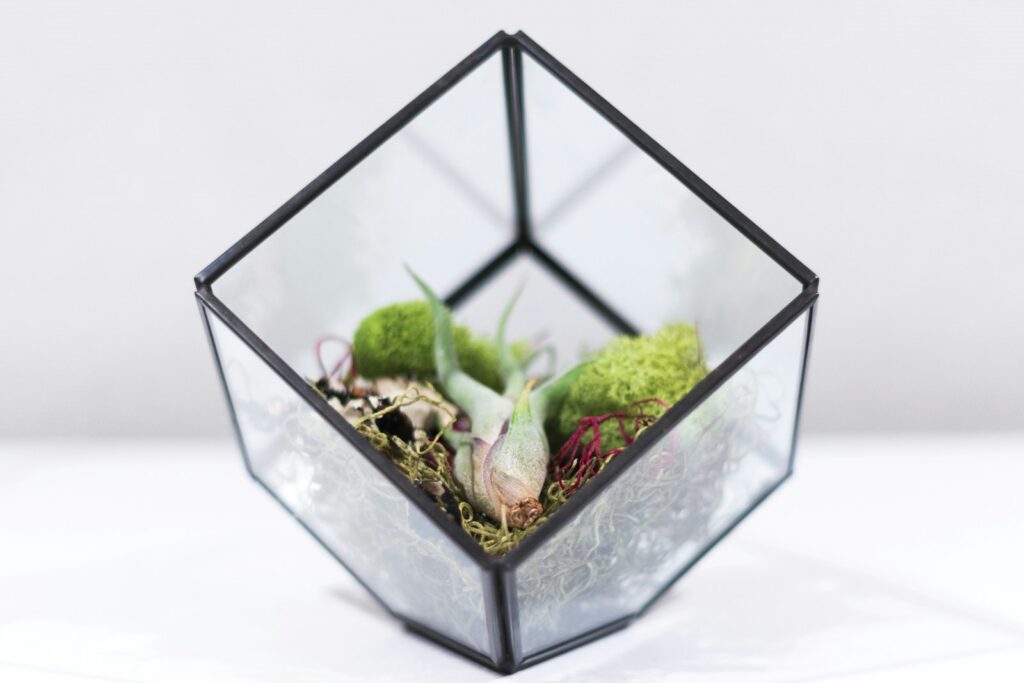
Glass terrariums remain the most popular option for small reptile keepers due to their excellent visibility and durability. These enclosures typically feature front-opening doors for easy access and a screen top for ventilation and lighting fixtures. The Exo Terra and Zoo Med nano terrariums, starting at 8″x8″x12″, provide excellent options for very small species like pygmy chameleons or dart frogs. For slightly larger reptiles, the Exo Terra Mini/Wide (12″x12″x12″) creates a compact but functional habitat. Glass terrariums excel at heat retention and humidity control when properly set up, making them versatile for various species. Their main drawbacks include being heavier than other options and potentially more difficult to clean thoroughly.
Acrylic Terrariums: Lightweight Alternatives

Acrylic terrariums offer significant advantages for small reptile keepers in compact living spaces. These lightweight enclosures are typically 40-50% lighter than their glass counterparts, making them easier to move and place on standard furniture. Brands like Custom Reptile Habitats and Showcase Cages offer small acrylic terrariums designed specifically for nano reptile species. Acrylic provides superior insulation compared to glass, helping maintain stable temperatures with less energy expenditure. The material is also more impact-resistant than glass, though it does scratch more easily and may yellow slightly over time with UV exposure. For reptiles that require precise humidity control, acrylic terrariums typically maintain moisture levels more efficiently than screen-topped glass options.
Bioactive Terrariums for Small Species

Bioactive setups have revolutionized small reptile keeping by creating self-sustaining mini-ecosystems that benefit both aesthetics and animal welfare. These terrariums incorporate live plants, a cleanup crew of isopods and springtails, and specialized substrates that work together to process waste naturally. For small reptiles, even compact terrariums can become thriving bioactive habitats with the right components. The BioDude and Josh’s Frogs offer complete bioactive kits sized for nano terrariums, containing all necessary elements to establish this living system. Bioactive setups help maintain appropriate humidity levels naturally and provide environmental enrichment through varied textures and living elements. The initial setup requires more investment, but the long-term benefits include reduced maintenance, elimination of frequent substrate changes, and a more naturalistic environment for your reptile.
Best Terrariums for Small Geckos
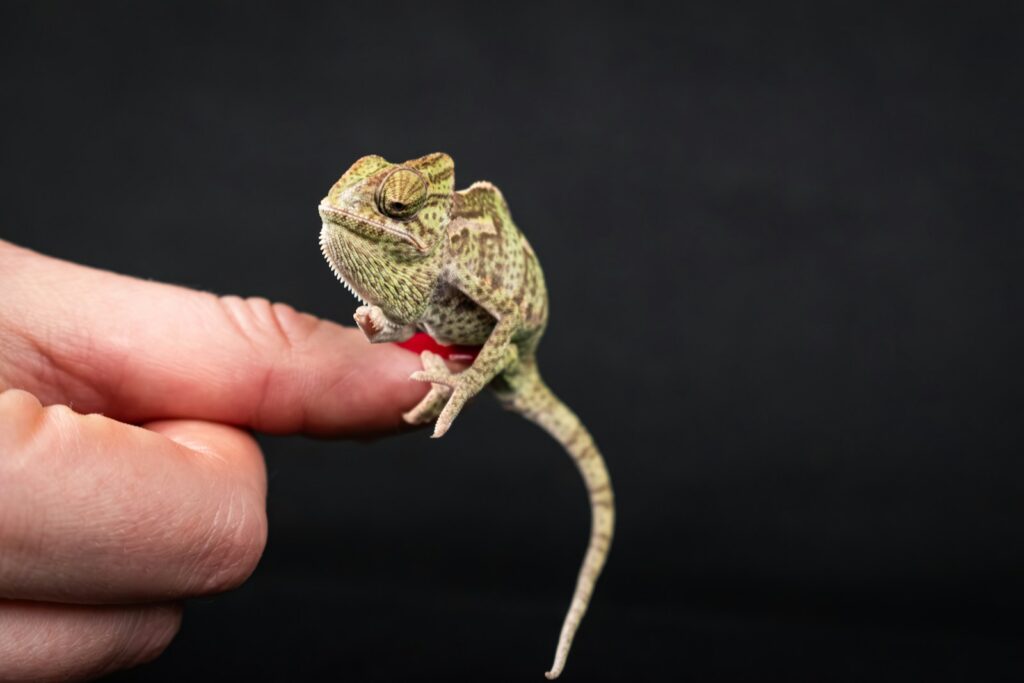
Small gecko species like crested geckos, gargoyle geckos, and mourning geckos thrive in vertically-oriented enclosures that accommodate their arboreal nature. The Exo Terra 12″x12″x18″ terrarium provides an excellent starter home for most small gecko species, offering sufficient climbing space while maintaining a small footprint. For communal species like mourning geckos, the Zoo Med Paludarium (12″x12″x24″) offers additional vertical space to establish territories and reduce stress. These terrariums should be equipped with multiple climbing surfaces, secure hiding spots at various heights, and appropriate plants (live or artificial) to create essential coverage. For especially tiny species like viper geckos, specialized nano terrariums like the Zilla Micro Habitat provide appropriately scaled environments that won’t overwhelm these diminutive reptiles.
Ideal Setups for Small Lizards
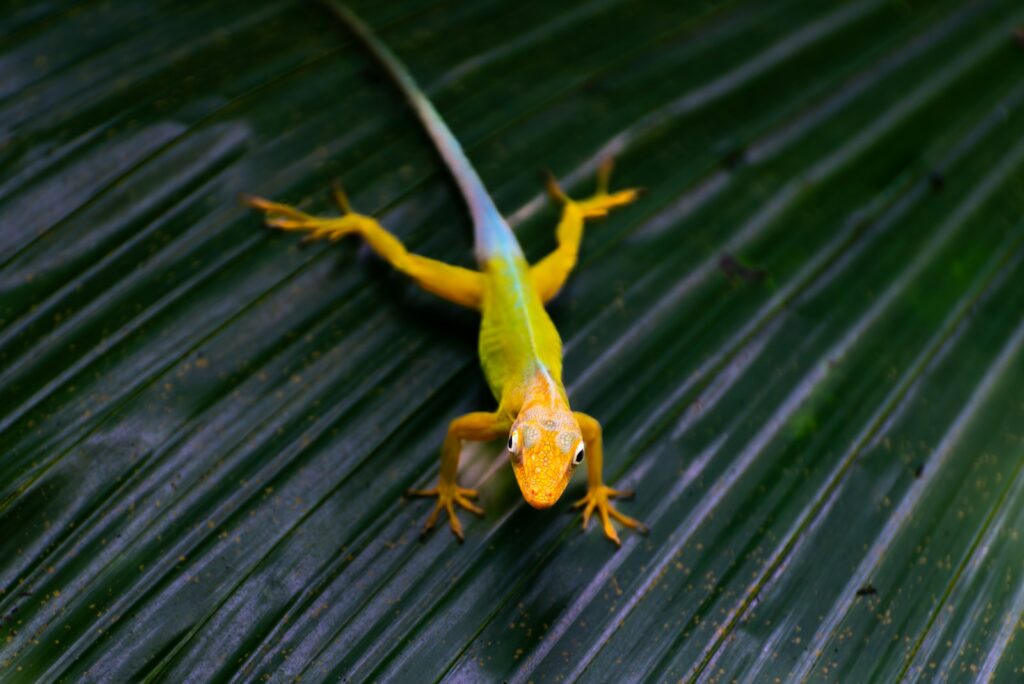
Ground-dwelling lizards like small skinks and some anoles require terrariums with more floor space than height. The Exo Terra 18″x18″x12″ provides an excellent balance of footprint and visibility for these active foragers. For digging species like sandfish skinks, deeper substrate capabilities are essential, making terrariums with extra height that can accommodate 4-6 inches of substrate ideal despite the species not being climbers. Temperature gradients are particularly important for these active lizards, so terrariums should allow for proper placement of heat sources to create basking areas and cooler retreats. Species like pygmy chameleons benefit from specialized terrariums with screen portions for ventilation combined with solid sides to help maintain humidity, such as the Zoo Med ReptiBreeze LED Deluxe.
Terrariums for Juvenile Snakes
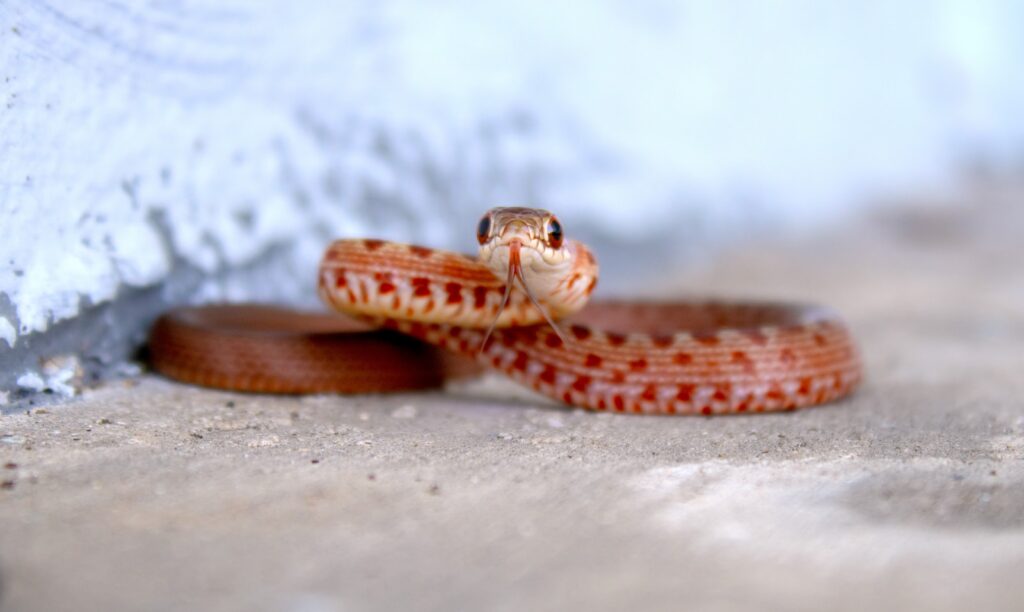
Small snake species and juveniles of larger species require appropriately sized enclosures that provide security while allowing proper thermoregulation. For hatchling corn snakes, kenyan sand boas, and similar species, the Zilla Critter Cage (12″x12″x12″) provides adequate space without being overwhelming. These terrariums should feature secure lids as even small snakes are notorious escape artists with surprising strength. Proper terrarium design for small snakes emphasizes hiding opportunities, with at least two hides placed at different temperature zones. For slightly larger juvenile snakes or adult small species like rosy boas, the Exo Terra 24″x18″x12″ provides excellent floor space while maintaining a reasonable footprint in your home.
Custom and DIY Options for Specialized Needs
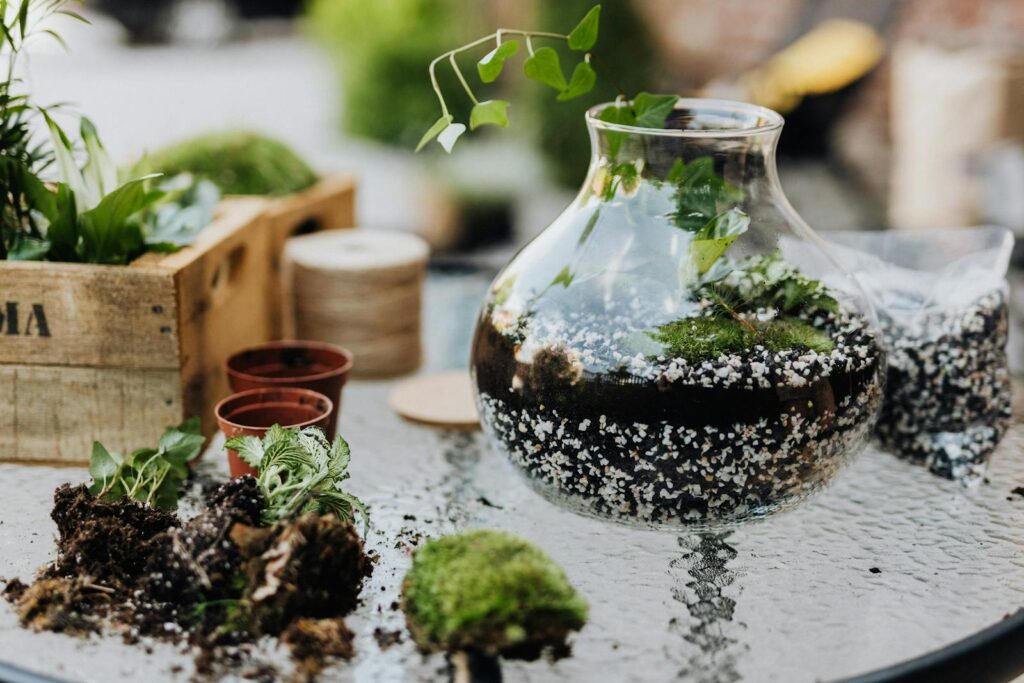
For reptile keepers with specific requirements or unusual species, custom and DIY terrarium options offer unlimited flexibility. Converting clear plastic storage containers provides an affordable option for creating small reptile habitats, particularly for species that don’t require specialized lighting. These containers can be modified with ventilation holes, access doors, and internal fixtures to create suitable environments. For those with woodworking skills, building wooden vivariums with glass or acrylic fronts allows for precise sizing and integration of electronics and plumbing for advanced systems. Online communities like Reptile Forums and DIY Reptile Habitats provide detailed guides for creating custom enclosures sized perfectly for smaller species with specific needs that commercial options might not address adequately.
Essential Accessories for Small Terrariums
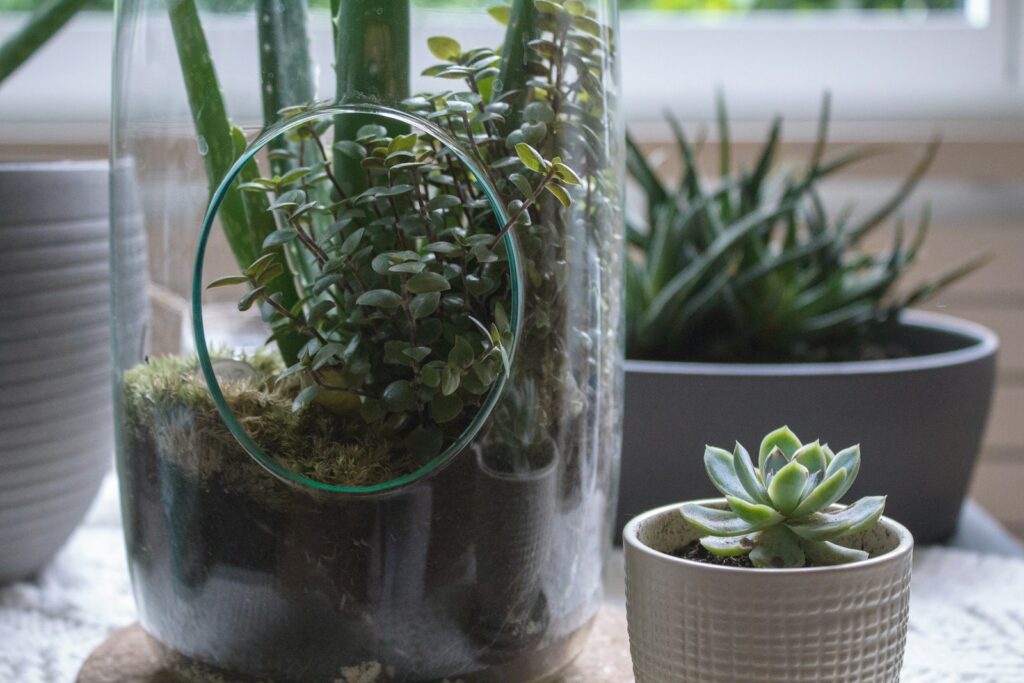
Even the smallest reptile terrariums require certain accessories to create appropriate microclimates and environmental conditions. Nano-sized heat mats and compact dome lights provide necessary heat sources that won’t overwhelm small enclosures. Digital thermometers and hygrometers with remote sensors allow precise monitoring of conditions without bulky equipment inside the habitat. For creating essential hiding spaces, cork rounds, half logs, and commercially available nano hides are appropriately sized for small species. Magnetic ledges and small suction cup plants can create climbing and basking opportunities without taking up floor space. Water features should be appropriately scaled, with bottle caps often serving as sufficient water dishes for the smallest species like house geckos.
Temperature and Humidity Control in Compact Spaces
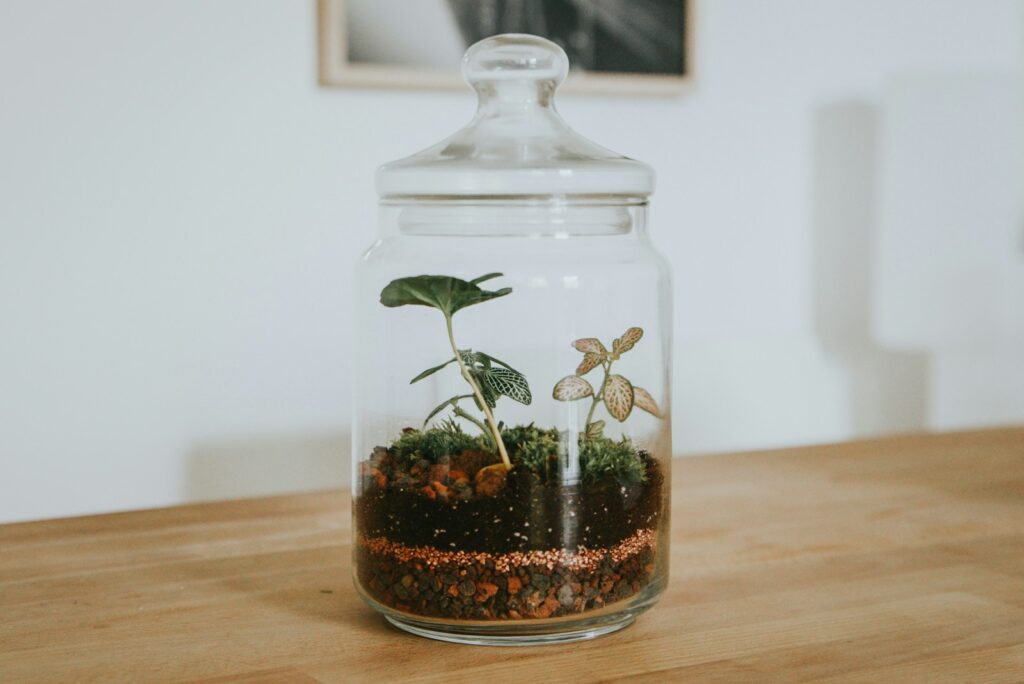
Maintaining appropriate environmental parameters presents unique challenges in smaller terrariums, as conditions can change rapidly in limited volumes. Thermostat-controlled heating is absolutely essential for small enclosures to prevent dangerous temperature spikes, with proportional thermostats like the Herpstat EZ1 offering the most precise regulation. For species requiring high humidity, small automated misting systems like the MistKing Starter can be calibrated to deliver appropriate moisture without oversaturating the environment. Strategic ventilation placement becomes crucial in small terrariums—too much causes rapid humidity loss, while too little can lead to stagnant air and potential respiratory issues. Creating microhabitats within the terrarium, with moister areas and drier zones, allows the reptile to self-regulate by moving between different conditions even in limited space.
Budget-Friendly Options That Don’t Compromise Quality

Quality reptile care doesn’t always require premium prices, especially for smaller species with simpler needs. The Zilla Critter Cage series offers durable, clear plastic terrariums starting at under $30 for their smallest sizes, providing excellent visibility and easy cleaning. For slightly more investment, the Exo Terra Faunarium collection provides a step up in quality while remaining under $50 for sizes suitable for most small reptiles. When seeking budget options, focus on enclosures that maintain essential features like secure closures, proper ventilation, and compatibility with necessary heating equipment. Converted plastic storage containers from brands like Sterilite can serve as excellent temporary or even permanent habitats when properly modified with ventilation and secure lids, often costing less than $20 total including modifications.
Long-Term Considerations and Upgrades

When selecting a terrarium for a small reptile, consider not just their current needs but their future requirements as they grow or as you gain experience. Some species sold as juveniles, like bearded dragons or blue-tongued skinks, start small but quickly outgrow nano terrariums, making temporary housing economically inefficient. For truly small species that remain diminutive throughout their lives, consider how your husbandry practices might evolve—many keepers start with basic setups but later wish to incorporate bioactive elements or automated systems. Modular terrarium systems like the Exo Terra Stackable Terrariums allow for expansion without completely replacing the enclosure. When purchasing accessories like heating equipment and fixtures, selecting items that would work in a range of terrarium sizes provides flexibility for future changes and upgrades.
Conclusion: Creating Perfect Miniature Worlds
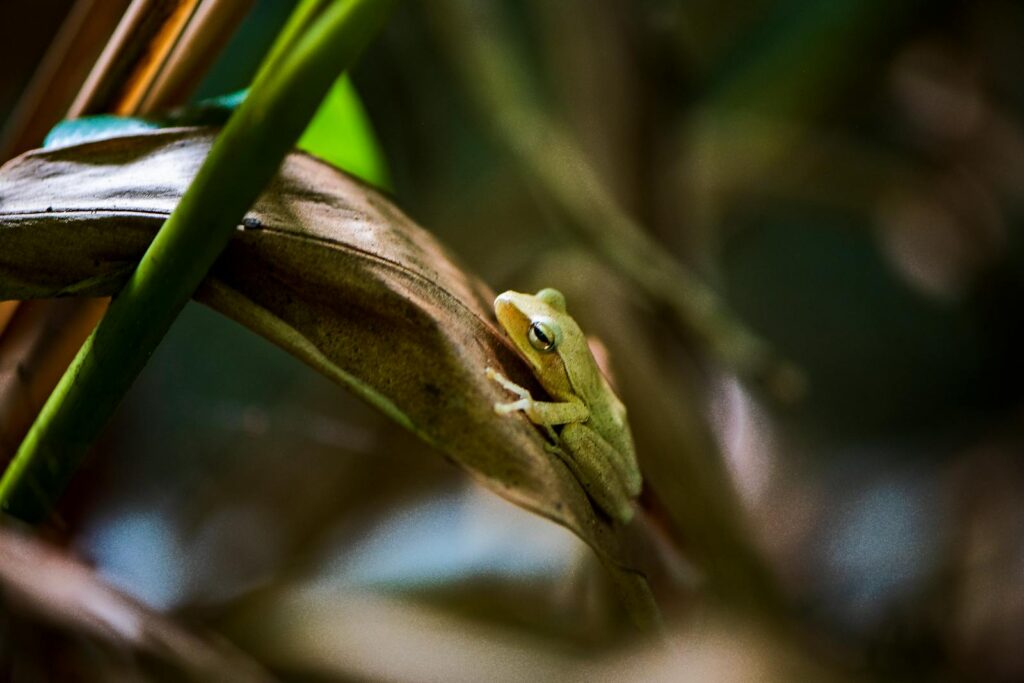
The best terrarium for your small reptile ultimately depends on understanding their specific needs and creating an environment where they can thrive physically and behaviorally. Whether you choose a commercial nano terrarium, a custom-built enclosure, or a modified container, the focus should remain on providing appropriate space, temperature gradients, humidity levels, and enrichment opportunities. Small reptiles may have small space requirements, but their environmental needs are just as complex as their larger counterparts. By investing time in researching species-specific requirements and selecting appropriate housing, you create not just a display for your reptile but a complete habitat that supports natural behaviors and optimal health for years to come.

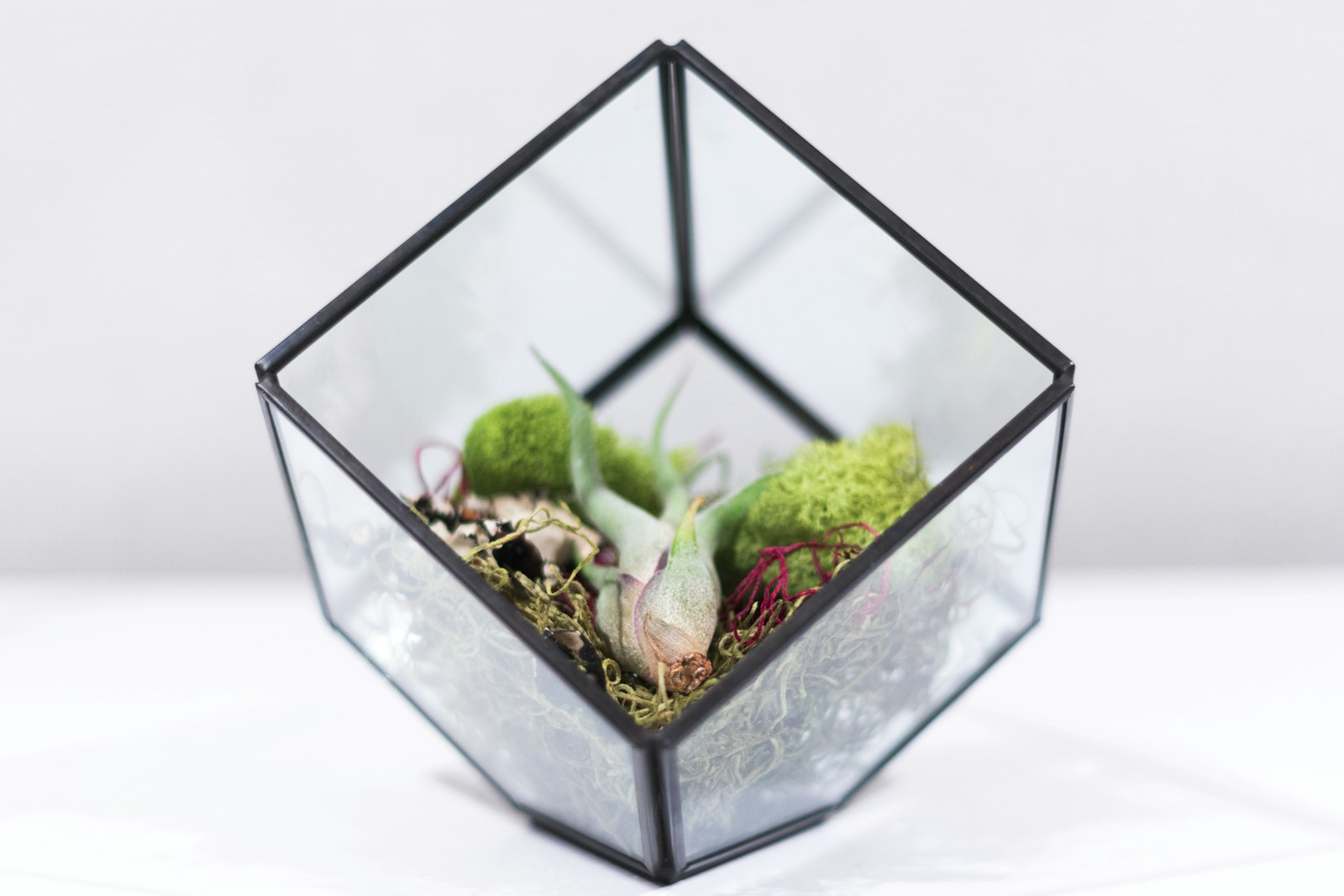







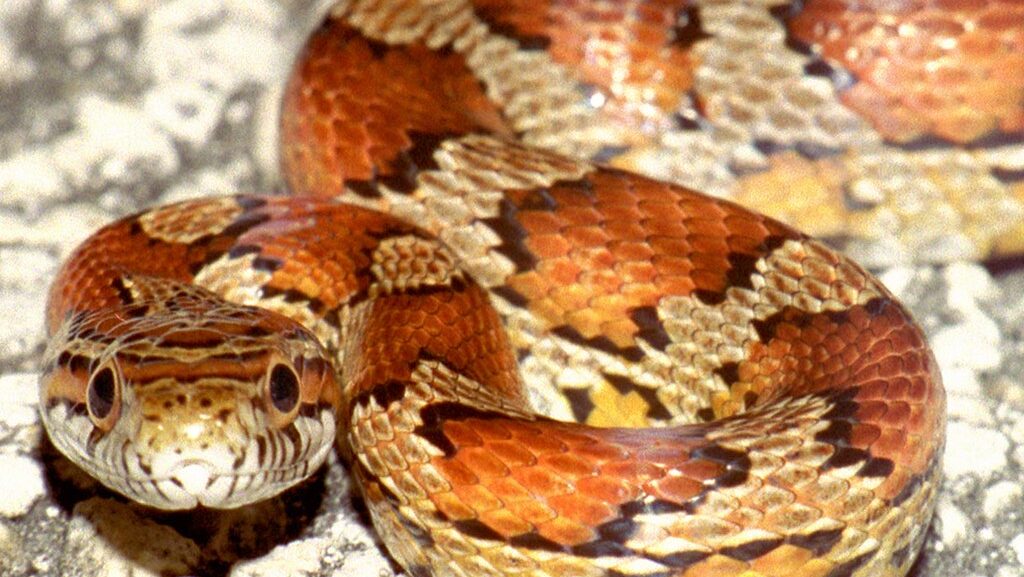
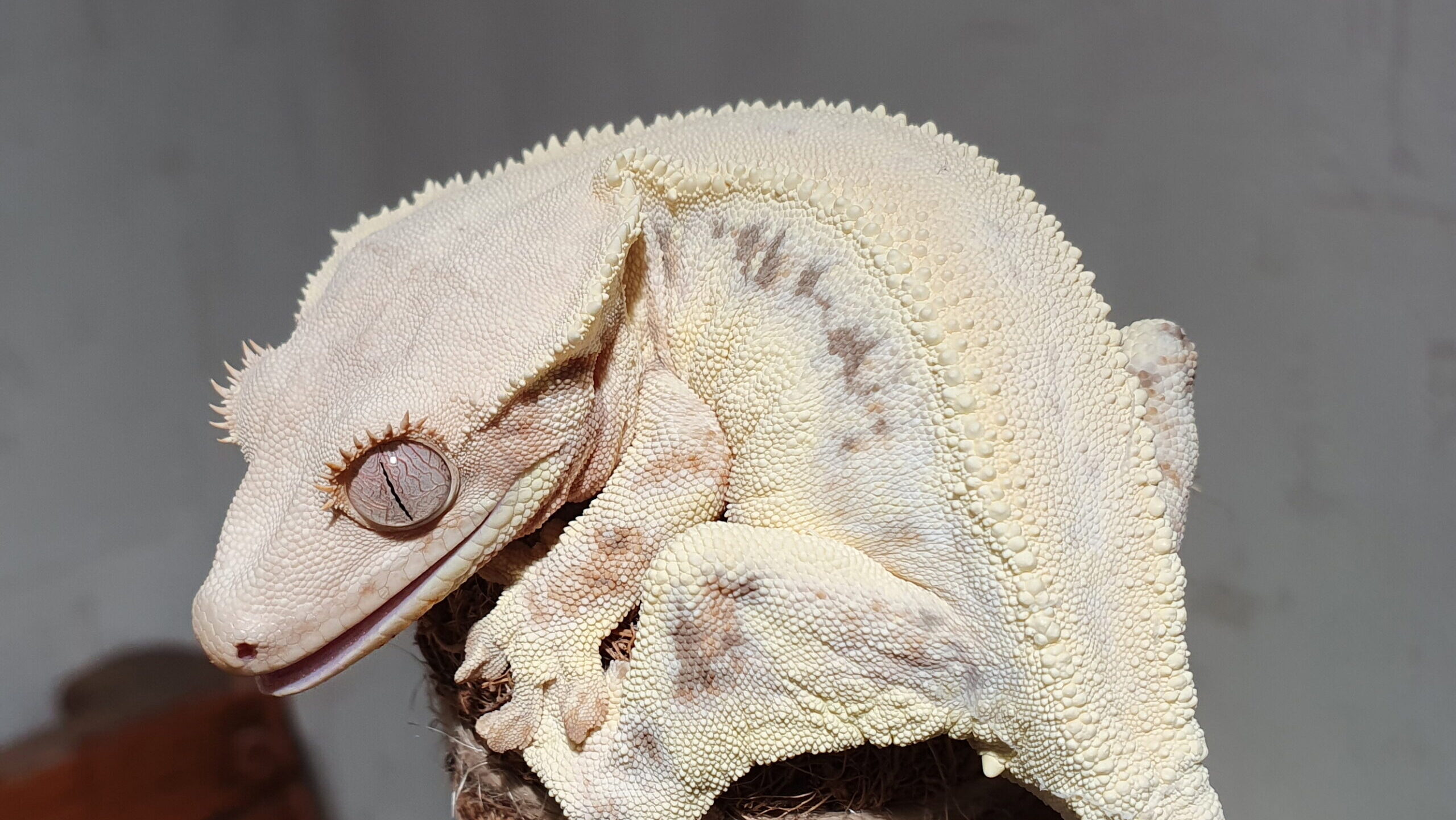





Leave a Reply